Two weeks before the 2016 election, Bloomberg’s Joshua Green and Sasha Issenberg published a story about Trump’s brash, self-aggrandizing digital team. Democrats treated the story as evidence of the Trump campaign’s utter cluelessness, until he won.
For months after, coverage of the Trump’s tech and digital strategy dominated headlines. Those stories had consequences: Facebook locked down its user data; Cambridge Analytica folded; and a wave of startups, including my own, emerged to help progressives mobilize online.
A change is coming to the Democratic Party, and for some campaigns, it’s already here. I’ve seen it firsthand. As part of my job I’ve personally visited dozens of the most competitive and best-staffed races in the country, giving me a unique perspective on the state of the party. With a few notable exceptions, like Obama’s campaigns, Democratic campaigns have treated digital media exclusively as a way to acquire new emails for fundraising lists and to advertise in the same way they do on TV. Digital media has been detached from the practice of ‘organizing’ (i.e., direct voter contact). A handful of innovative House, Senate, and governor’s campaigns are changing this.
These campaigns treat digital not just as a place to spam eyeballs, but as a space for organizing. The rest of the party would benefit from following their lead. In your own life, is it more meaningful to get a fundraising email and see an ad on Facebook, or to have a real conversation with someone you know?
These campaigns have made that switch by taking responsibility for engaging voters and volunteers online away from an isolated “digital” department and putting it at the core of their Field team’s strategy.
The Field team on a campaign is responsible for recruiting volunteers to knock doors and call you during dinner. Field organizers are the underpaid, overworked foot soldiers of Democratic organizing. By giving them license to engage online, and the tools to do so effectively, successful Democratic campaigns are meeting their constituents where they are today: on their smartphones via text and social media.

(Photo by Alberto Pezzali/NurPhoto via Getty Images)
One of the most remarkable examples of this model is the Casten for Congress operation, in Illinois’s 6th District. When I stopped by the office, I saw the campaign stream a Sean Casten speech through Facebook Live to his supporters. The campaign’s field team had brought together hundreds of supporters to mingle at thirty different “house parties” around the district, and everyone tuned into the live video. Their digital team worked hand-in-hand with field organizers to develop a livestream designed to motivate volunteers to sign up for more canvassing shifts.
It worked unambiguously. I watched supporters go from diffident to bold, excited to feel part of something bigger than themselves. This single event, a hybrid of the digital and physical, brought volunteers together from across the district, and motivated them to sign up for thousands of additional canvassing shifts.
Digital isn’t just a powerful way to supercharge traditional organizing by driving more canvassing or phone banking shifts. It also helps campaigns harness the power of relational organizing. ‘Relational organizing,’ or the practice of asking volunteers to speak specifically to voters they know, is the most effective type of voter contact we know of for reaching critical Democratic constituencies, like young people, communities of color, and working class people.
In California’s 49th District, the Field team supporting Mike Levin for Congress in CA-49 is running a fast-growing and successful relational organizing program through digital channels. They’re using a new tool designed to scale up relational contact, prompting their volunteers to contact friends almost exclusively through Facebook Messenger and text messages. They’re being asked to recruit their friends to volunteer, and to verify their friends have a plan to vote.
Digital is also powerful for expanding volunteer communities and reducing attrition, when combined with a focus on “community organizing” strategies. These include sharing stories (“I’m here because I care about X, why are you here?”), explaining why certain tasks are important to the campaign (“Cold calls suck, but they’re important because…”), and deliberately introducing volunteers to one another based on mutual interests.

Several sophisticated statewide and House campaigns are running very effective Facebook Groups or Slack channels based on these principles. Each platform provides unique opportunities, as well as challenges for Field staff.
Slack is extremely useful for coordinating already-committed volunteers. Slack’s higher barrier to entry – volunteers must download Slack and get an invitation to join from an administrator – means fewer intergroup problems and less moderation. However, unlike with Facebook Groups, individual volunteers are not empowered to recruit their friends to the campaigns. Because Facebook Groups are a now-highly privileged piece of the Facebook Feed, activity inside of a campaign’s Facebook Group is effectively mainlined into volunteer brains. This stimulates growth of the group. For many new volunteers, being added to a Facebook Group by a motivated friend is their first step into a campaign’s Field operation.
Not all campaigns have shifted their thinking from “digital equals ads and fundraising spam” approach. But the campaigns that encourage their field organizers to adopt digital media as a way to harness political energy, engage volunteers, and contact voters are thriving. Their work this cycle will lay the foundation for the 2020 presidential primaries, for which these innovative staffers will be coveted.
Source: Tech Crunch







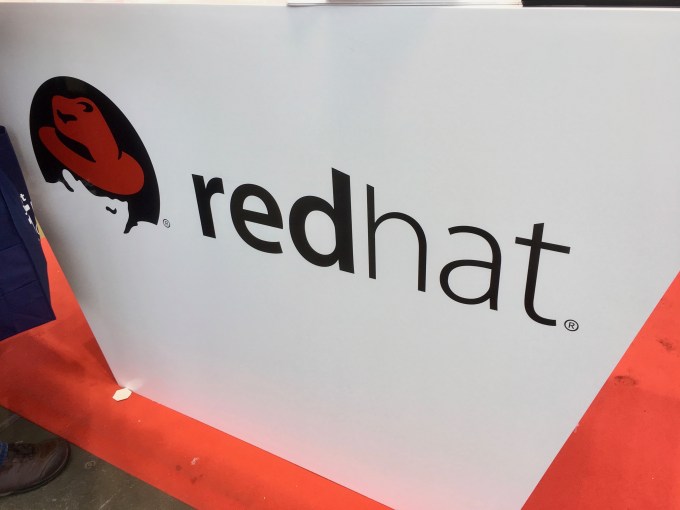
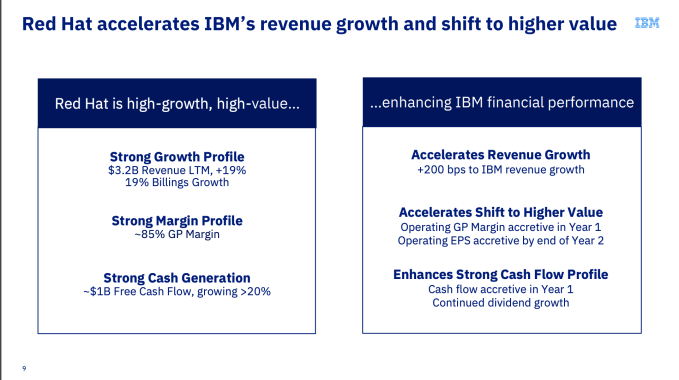
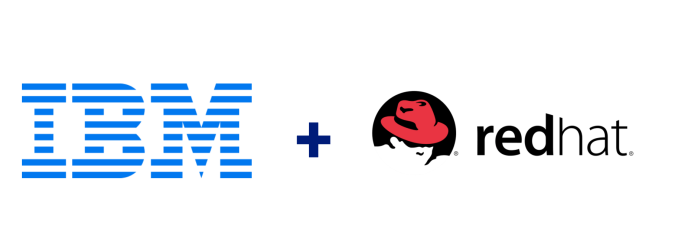
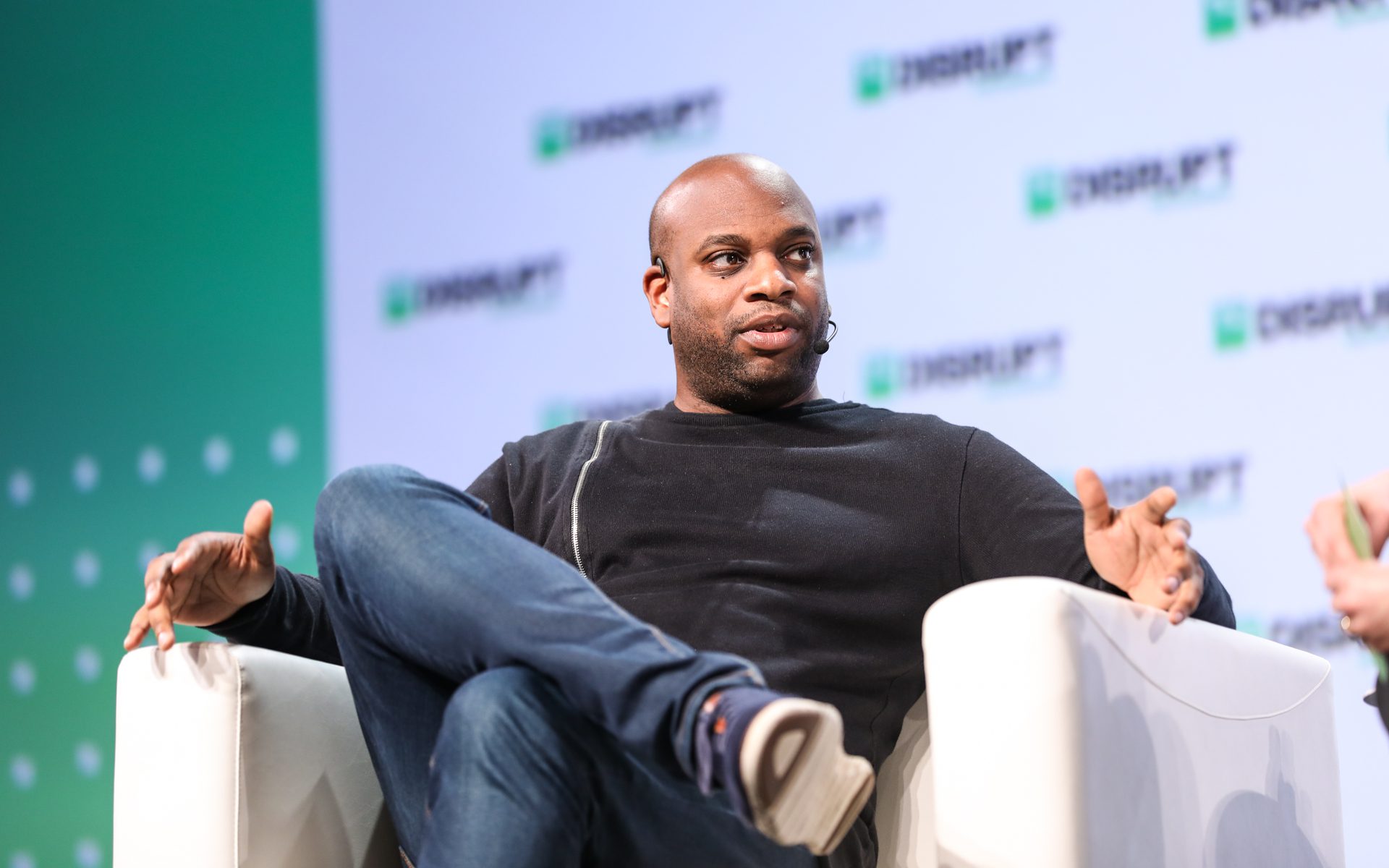
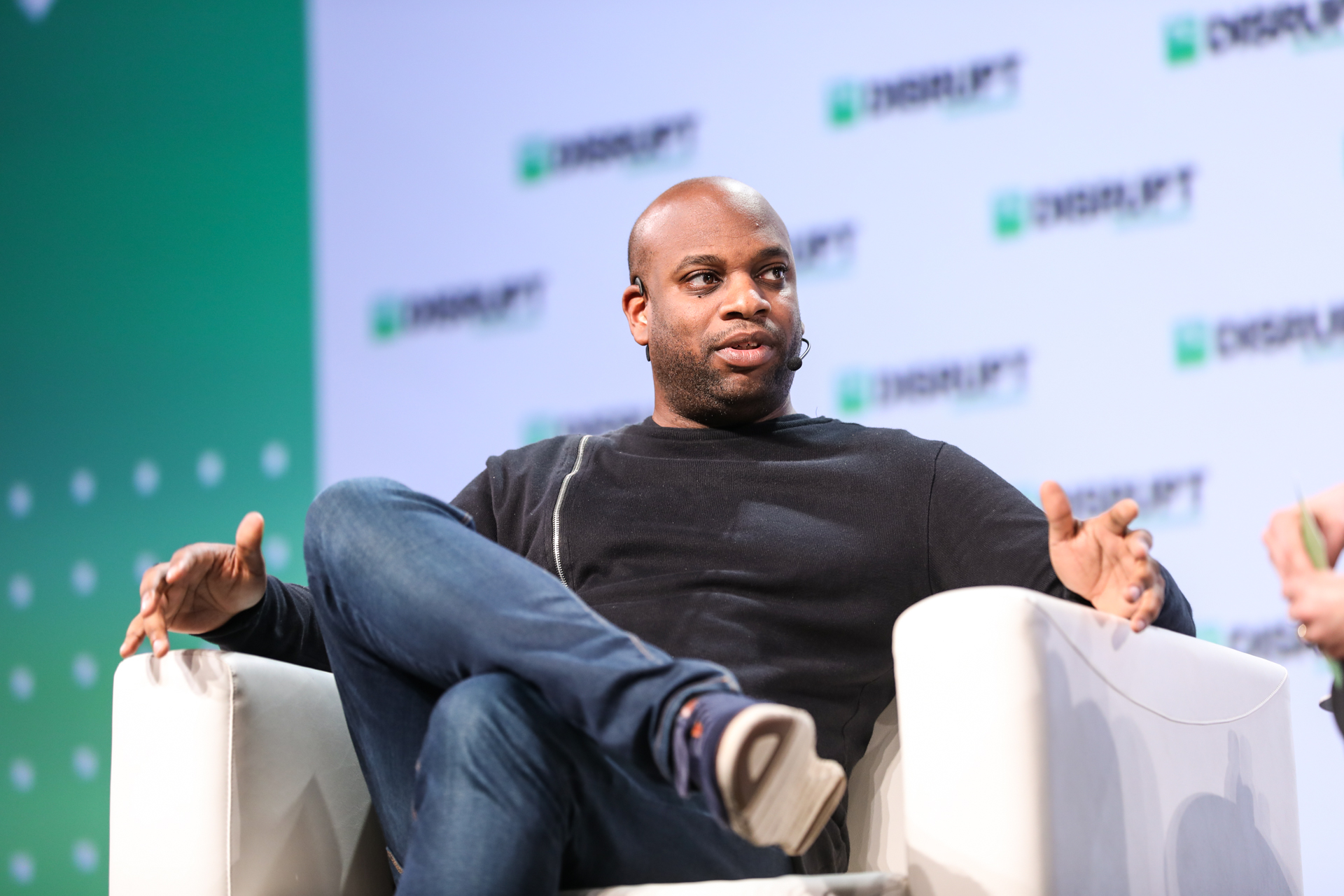
 (@ArlanWasHere)
(@ArlanWasHere)